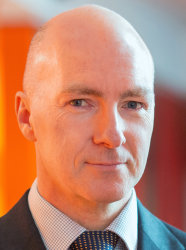BibTex format
@article{Kminek:2022:10.1089/ast.2022.0017,
author = {Kminek, G and Benardini, JN and Brenker, FE and Brooks, T and Burton, AS and Dhaniyala, S and Dworkin, JP and Fortman, JL and Glamoclija, M and Grady, MM and Graham, HV and Haruyama, J and Kieft, TL and Koopmans, M and McCubbin, FM and Meyer, MA and Mustin, C and Onstott, TC and Pearce, N and Pratt, LM and Sephton, MA and Siljeström, S and Sugahara, H and Suzuki, S and Suzuki, Y and van, Zuilen M and Viso, M},
doi = {10.1089/ast.2022.0017},
journal = {Astrobiology},
pages = {S186--S216},
title = {COSPAR Sample Safety Assessment Framework (SSAF).},
url = {http://dx.doi.org/10.1089/ast.2022.0017},
volume = {22},
year = {2022}
}

